You should bench-test your VW radio before it is installed, especially if it is a used unit. This will save you from trying to troubleshoot it after it is installed in the cramped quarter of the vehicle’s dash. Bench-testing the VW radio is a straightforward process as speaker wiring is paired into colors that are standard across the industry. You can quickly bench-test the VW head unit with a few test leads, a spare speaker and a power source.
Things You’ll Need
- Roll of 12-gauge electrical wire
- Eight alligator clips
- Electrical pliers
- Audio test speaker
- Antenna with connector
- 12-volt car battery
Instructions
1.Cut four, 2-foot jumper wires from the roll of electrical wire. Strip a half-inch of insulation from the ends of each wire with the electrical pliers.
2.Set the Android car stereo down, with the display facing you. Locate the four pairs of speaker wires: two white, left-front; two grey, right-front; two green, left-rear; two violet, right-rear. The solid-colored wires are positive; striped are negative.
3.Attach the end of one jumper wire to the positive wire of the test speaker with an alligator clip. Connect the other end of the jumper to the positive wire of the grey pair. Repeat with second jumper wire for the negative speaker wire.
4.Insert the antenna lead into the antenna socket on the stereo.
5.Attach one end of a third wire to the positive terminal of the battery with an alligator clip. Clip the other end of the wire to the red, yellow and orange wires coming from the stereo. Attach the fourth jumper wire to the stereo’s back grounding wire, and the other end to the battery’s negative terminal.
6.Turn on the stereo. Check the display for power. Adjust the volume control and left-right and front-rear fade controls while listening for the volume to fade in and out accordingly.
7.Turn the stereo off and move the jumper wires to the next pair or wires. Repeat for each pair of colored wires.
Source: Ehow.com










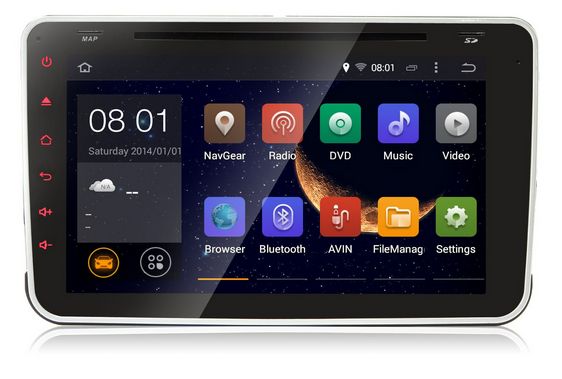
![0]3](A@_CR@8B2PO6M7JJJ9](https://blog.autopumpkin.com/wp-content/uploads/2015/07/03A@_CR@8B2PO6M7JJJ9.png)
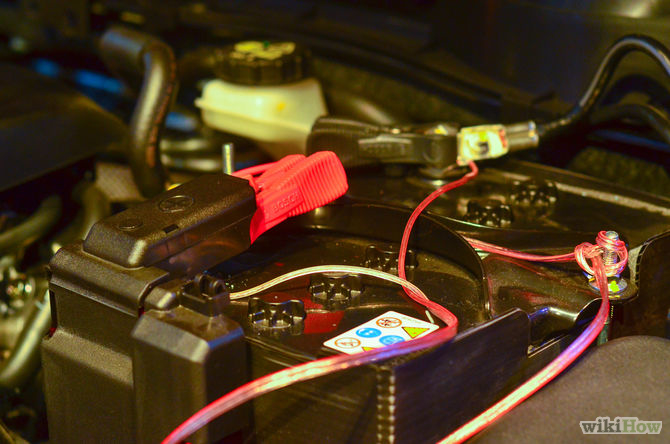
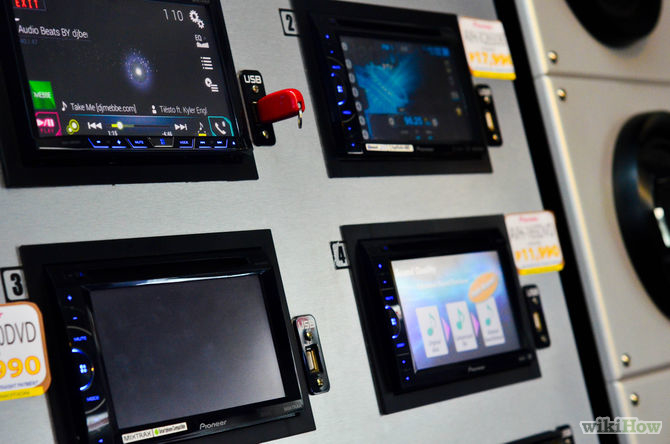

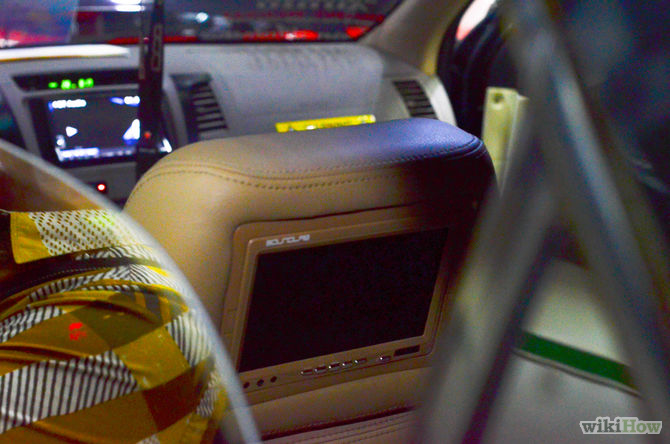

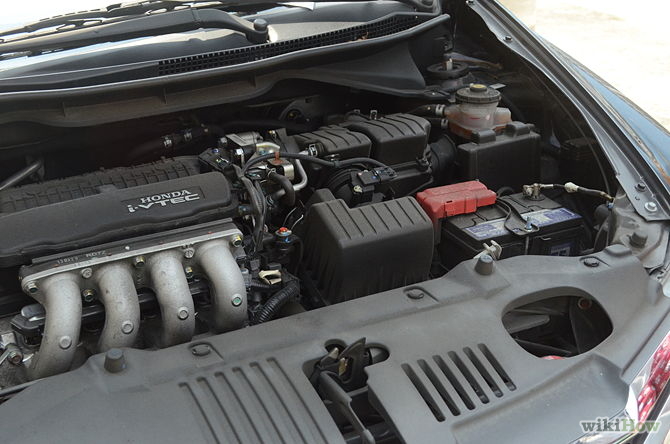 2. Disconnect the vehicle’s battery by pulling off the negative cable.Wire the camera to the battery according to the instructions provided with your kit. The battery acts as the camera’s power source
2. Disconnect the vehicle’s battery by pulling off the negative cable.Wire the camera to the battery according to the instructions provided with your kit. The battery acts as the camera’s power source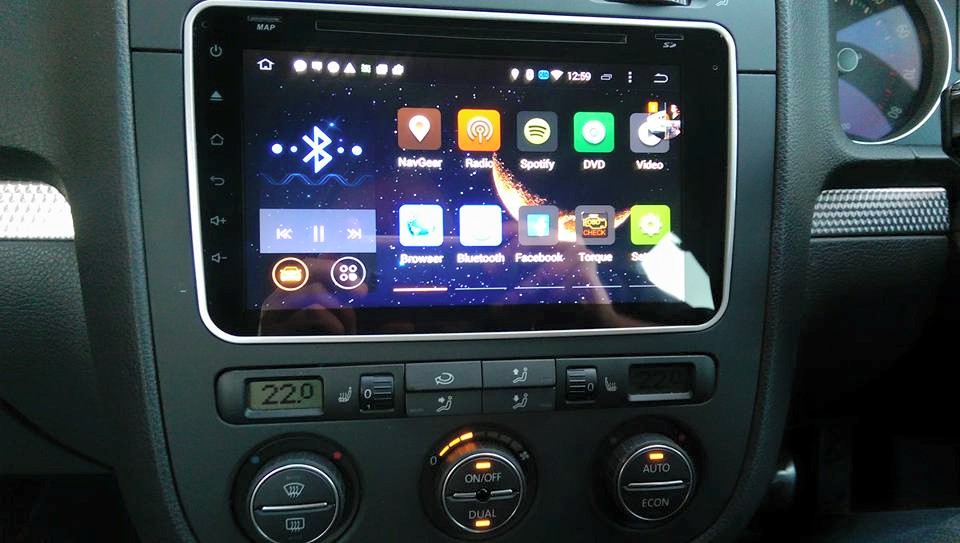
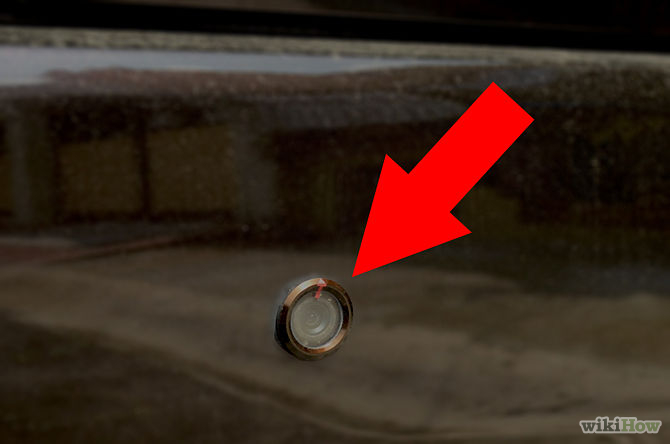
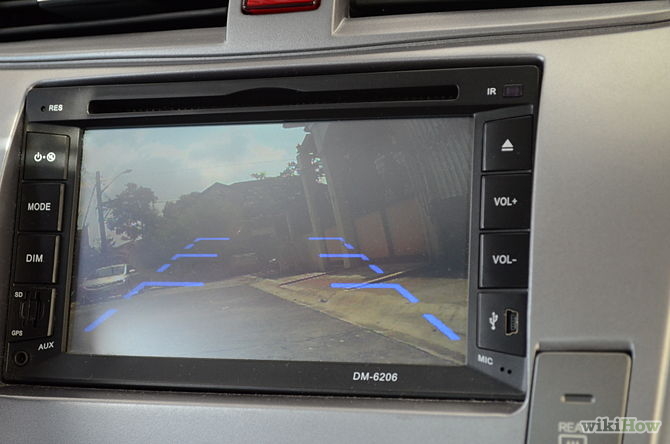 5. Test the camera before attempting to drive with it.Make sure you can clearly see what is behind the car. Turn on the camera and monitor, place an immovable object behind the car, put the car in reverse but keep your foot on the brake, and verify that you can see the object in the monitor.
5. Test the camera before attempting to drive with it.Make sure you can clearly see what is behind the car. Turn on the camera and monitor, place an immovable object behind the car, put the car in reverse but keep your foot on the brake, and verify that you can see the object in the monitor.